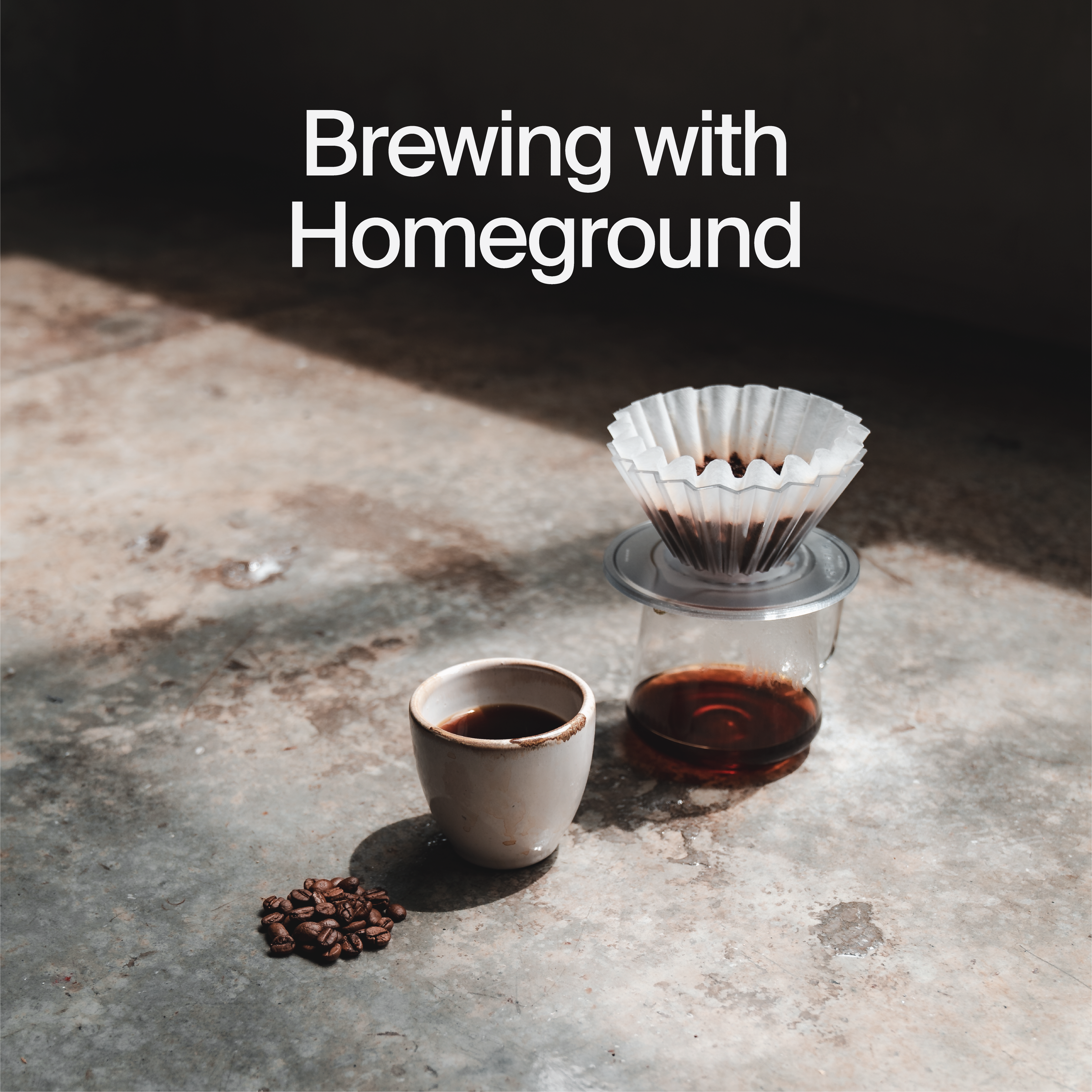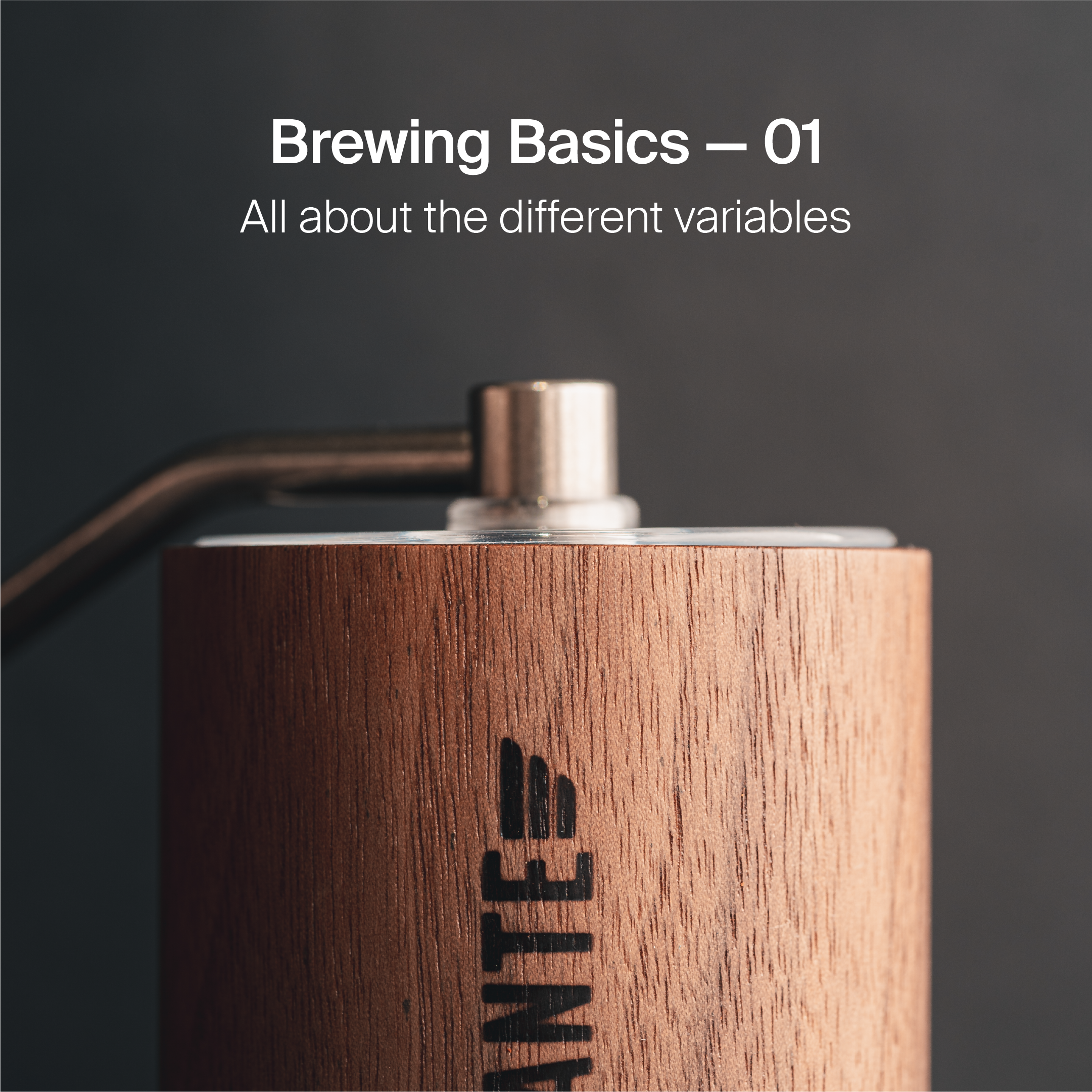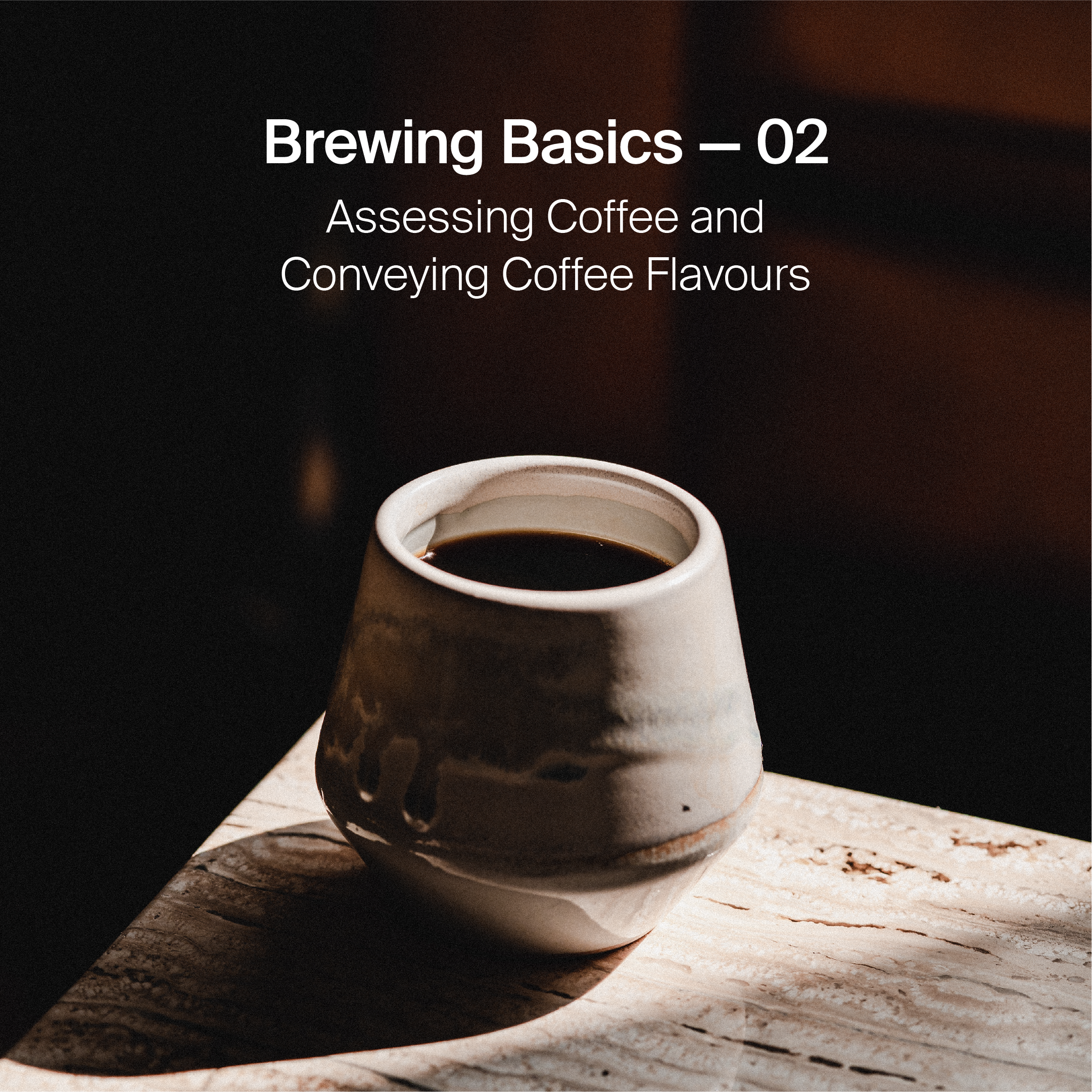Learn coffee brewing with Homeground Coffee Roasters through 2 professional barista lessons. From basics to advanced techniques, master your perfect brew with expert guidance.
It may not be the first time that you have heard of this, but colour shapes the way that we perceive the world around us. From identifying depth, to influencing emotions, colours play an important role in shading our everyday activities. Unsurprisingly, the effects of colour also apply to our coffee experiences, for better or for worse.
A good amount of research has been conducted about the effects of colour on coffee, and it can be concluded that there truly is an effect. Depending on the form that the colour takes – be it in the environment that we drink coffee, or the physical form of the drinking vessel, this experience varies across colours.

Applications of Cross-modal Perception
This concept is an idea known as Cross-modal perception, where interactions between two or more sensory modalities often influence or match one another. Recent research into this topic has yielded extremely interesting results, for it seems like the influence of colour cues extend beyond the intrinsic attributes into extrinsic factors not belonging to the actual object!
Spence, Velasco and Knoeferle (2014) showed that environmental factors such as colour of lighting and type of music have a significant influence in the perception of wine. In the case of the drinking vessel, Gueguen and Jacob (2014) identified relationships in perceived “warmth quality” with vessel colours, and Mielby et al. (2018) found that red vessels were perceived to have more carbonation in the context of flavoured carbonated beverages.
Saluja and Stevenson (2018) also conducted a study matching an individual’s experiences of taste to colour. When associating the four basic tastes to abstract colour patches, it was found that sweetness is associated with pink, sourness (and perhaps therefore acidity) is associated with green and yellow, saltiness with white, and bitterness with black.
There are three methods in which cross-modality is commonly effected:
**Priming:**When a prime presented in one sensory modality influences responses to a target in a different sensory modality. E.g., where pink is related to sweetness, drinking from a pink cup potentially accentuates this taste in the beverage.
**Contrast:**An extension of priming, opposite responses to the target are influenced by a contrasting colour placed together with the input. E.g., where brown is related to bitterness, drinking from a white cup that further highlights the brownness of coffee could potentially accentuate this taste in the beverage.
**Simultaneous Contrast:**When a highly saturated or complementary colour is placed together with the prime, thereby decreasing the perceived saturation of the prime and therefore reducing the influence on the sensory modality response. E.g., A cup coloured brown on the inside potentially reduces the bitterness in the beverage.

The Use in Coffee
Given how commonplace cross-modal perception is in everything that we do, studies in this topic naturally too, extend to reach the sphere of influence of coffee as well.
Within the three methods used to effect cross-modality of mentioned previously, Van Doorn et al. (2014) proved that Contrast works as a method, while Simultaneous Contrast did not. Carvalho and Spence (2019) also further dove into this topic and concluded that Priming based on colors of the cup indeed significantly affected the perception of the coffee.
Various findings note that pink is associated with sweetness, while green is associated with acidity. Yellow is surprisingly found to increase both sweetness and acidity ratings, an odd exception highly likely due to cultural differences – while the colour is often associated with acidity, some tropical countries also interpret yellow as sweet. Locally, our sweet jackfruits, mangoes and durians all come to mind when we think of yellow fruits.
With this in mind, selecting a right cup to influence a customer’s coffee drinking experience becomes a whole lot easier, and there is no one right answer – it is not always to choose a pink cup! While sweetness is universally liked, some coffees may find a need to have their acidity brought to attention instead, while others may require intensity and body to be at the forefront of the coffee drinker’s consideration.
Incongruency
A word of warning, however, that implementing cross-modality in our cup selection does not come without risks.
The same research by Carvalho and Spence also noted that the situations where incongruent conditions were presented, the results were not ideal at all:
For the slightly brighter coffee served in a pink cup, the cross-modal perception instead highlighted the contrasting attribute in a negative manner. Acidity was rated highest of all the cups, and sweetness lowest – this combination was found to be the least liked of the many coffees presented. Similarly, the sweeter coffee served in a green cup also resulted in significantly lower sweetness and acidity ratings than its counterparts, and was also liked the least.
While the influence of colour on coffee is undeniable, balancing between the conundrum of highlighting targeted attributes and ensuring congruence seems to be the key to mastering this tricky choice, once and for all.
Journal Archive

Cryodesiccation and fractional freezing practices

Cross-modal perception of colours on the taste of coffee

To have the Confidence to Enjoy
Learning to enjoy more

Same Coffees Everywhere, All at Once
Why do local specialty coffee shops serve the same coffees?

A study of unexpected coffee production nations

A low down on using puck screens for espresso machines




